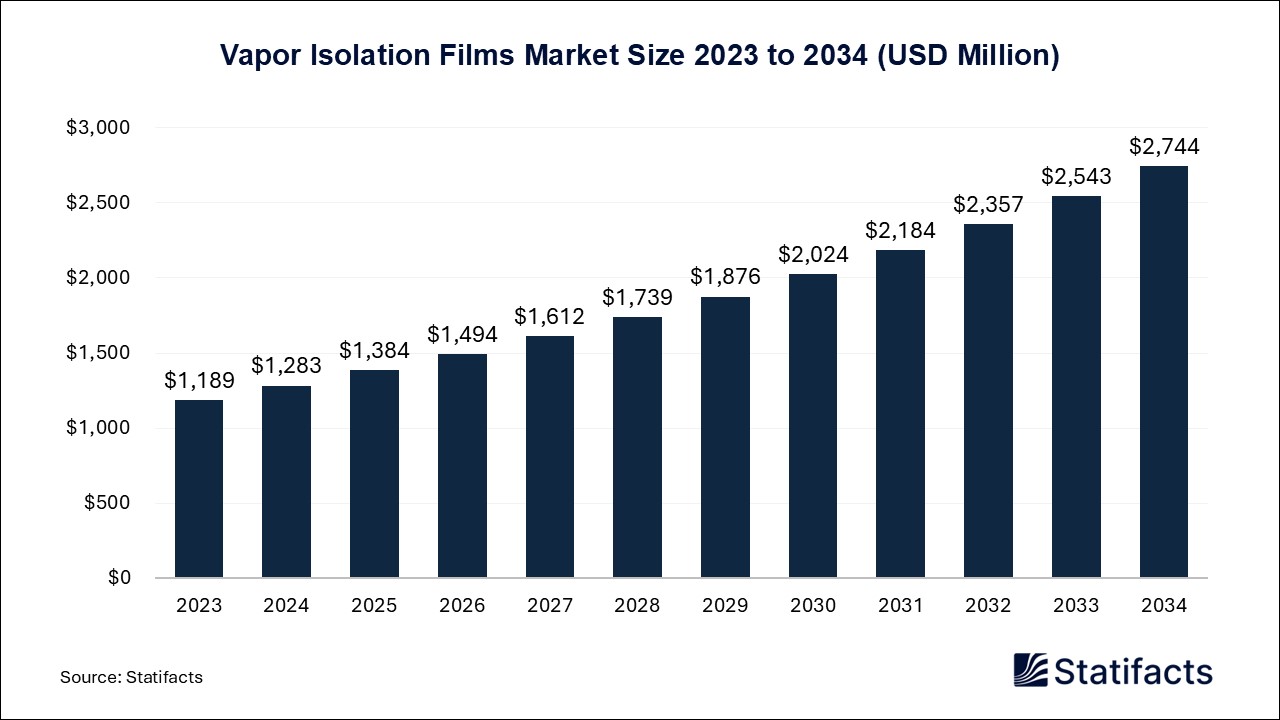
By clicking “Accept All Cookies” you agree to the storing of cookies on your device to enhance site navigation, analyze site usage, and assist in our marketing efforts.
Privacy PolicyThe U.S. herbal extract market size was evaluated at USD 4.25 billion in 2024 and is expected to grow around USD 10.59 billion by 2034, registering a CAGR of 9.55% from 2025 to 2034.
| Industry Worth | Details |
| Market Size in 2025 | USD 4.79 Billion |
| Market Size by 2034 | USD 10.59 Billion |
| Market Growth Rate from 2025 to 2034 | CAGR of 9.55% |
The US herbal extract market is undergoing growth owing to the preference for natural and organic products for health purposes. This trend is shaped by lifestyle choices and the demand for alternatives of plant origin in food, beverage, pharmaceutical, and personal care. Extraction technology advances are behind this growth. Herbal extracts are used in the food and beverage industries for flavoring, coloring, and nutritional enrichment. Pharmaceutical extracts find their way into conventional and modern medicines and dietary supplements to promote wellness and preventive healthcare.
Personal care ingredients of herbal origin are included in cosmetic products to meet demand for clean-label and chemical-free products. Organic farming, consequently, also favors the growth of the herbal extract market, as does an increasing awareness of ingredient sourcing and transparency concerning the products. The US market is one of the highly competitive ones in which both domestic and international players invest in innovation and the expansion of their product portfolios.
Published by Vidyesh Swar
To get full access to our Market Insights, you need a Professional Account or a Business Suite.

You will receive an email from our Business Development Manager. Please be sure to check your SPAM/JUNK folder too.

You will receive an email from our Business Development Manager. Please be sure to check your SPAM/JUNK folder too.

Our customers work more efficiently and benefit from


